Market Analysis
In-depth Analysis of Vapor Recovery Units Market Industry Landscape
Vapor recovery units play a crucial role in capturing vapors emitted from tanks, processing these vapors, and reclaiming condensable hydrocarbons through liquefaction. This entire system necessitates the incorporation of extensive and sophisticated processing equipment. Additionally, these units must be meticulously designed to function effectively amid fluctuations in vapor flow rates from storage tanks and variations in the composition of the emitted vapors. The initial setup cost for vapor recovery units falls within the range of USD 100,000 to USD 235,000, contingent on the specific applications involved. Notably, the installation expenses associated with vapor recovery units surpass those of alternative methods aimed at curbing vapor losses. The comprehensive system involves a series of processes to capture, process, and recover hydrocarbons in vapor form, requiring specialized equipment and engineering to meet the diverse conditions presented by fluctuating vapor flow rates and varying vapor compositions. The intricacies of this system contribute to its relatively high installation cost, with the expenses ranging between USD 100,000 and USD 235,000. The variation in costs depends on the specific applications and the intricacy of the setup required. While vapor recovery units offer an effective means of minimizing vapor losses and capturing valuable hydrocarbons that would otherwise be released into the atmosphere, their implementation comes at a notable expense. The initial setup cost includes the acquisition of sophisticated equipment, ensuring that the system can handle varying vapor flow rates and compositions effectively. The engineering and design considerations to meet these challenges contribute to the overall installation cost. Comparatively, the expenses associated with installing vapor recovery units surpass those of alternative methods designed to address vapor losses. This financial aspect poses a potential constraint on the widespread adoption and growth of the global vapor recovery units market during the forecast period. The higher costs associated with both the installation and subsequent maintenance of these units may deter some industries from investing in this technology, especially when more economical alternatives are available. while vapor recovery units offer an efficient solution for capturing and reclaiming vapors in industrial settings, the associated high installation and maintenance costs present a challenge. The industry must weigh the environmental benefits against the financial investment required, making strategic decisions based on the specific needs, regulatory landscape, and financial considerations of each operation. The market's growth trajectory may be influenced by advancements in technology that could potentially reduce costs, making vapor recovery units a more viable and attractive option for a broader range of industries.

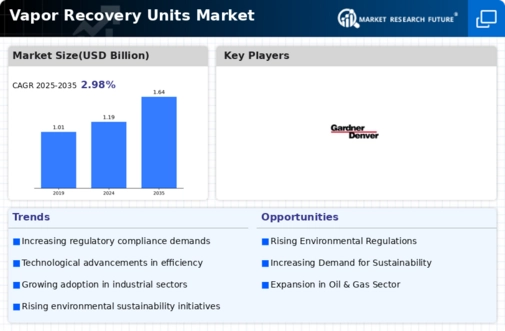
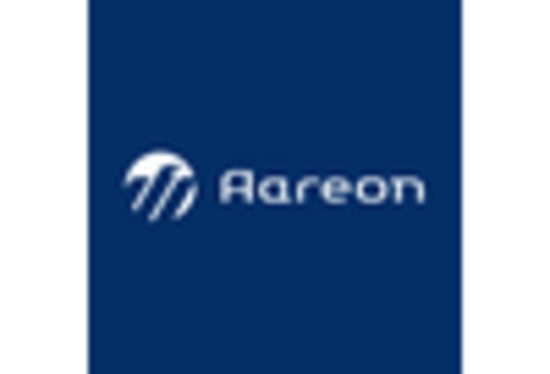
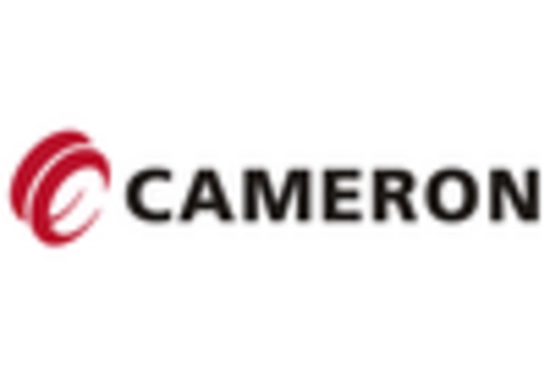
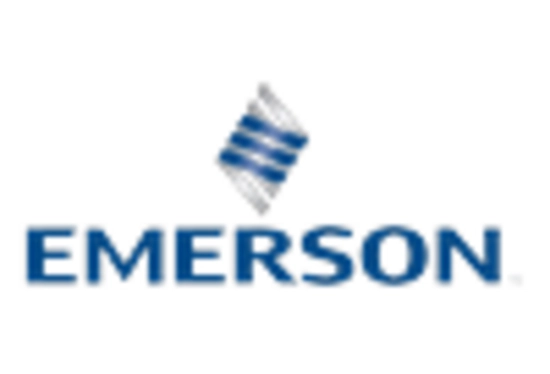
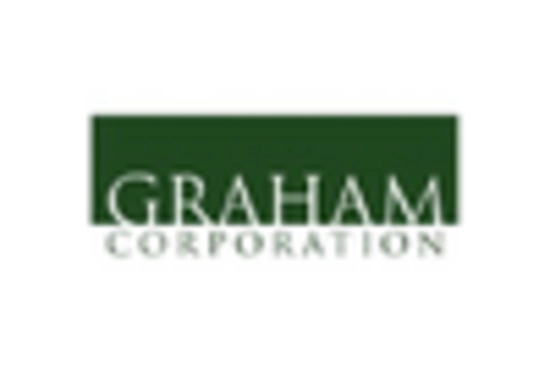

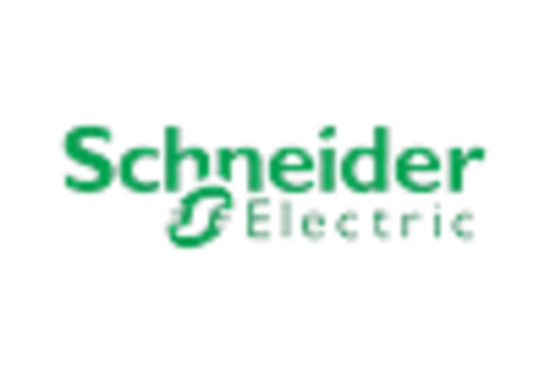









Leave a Comment